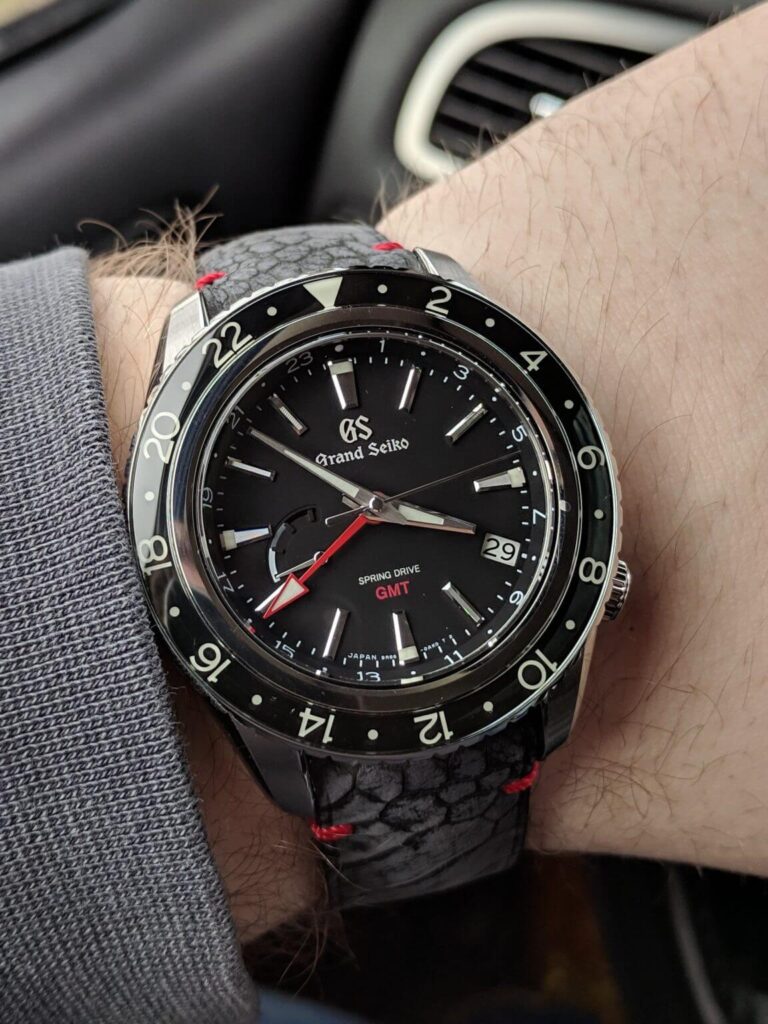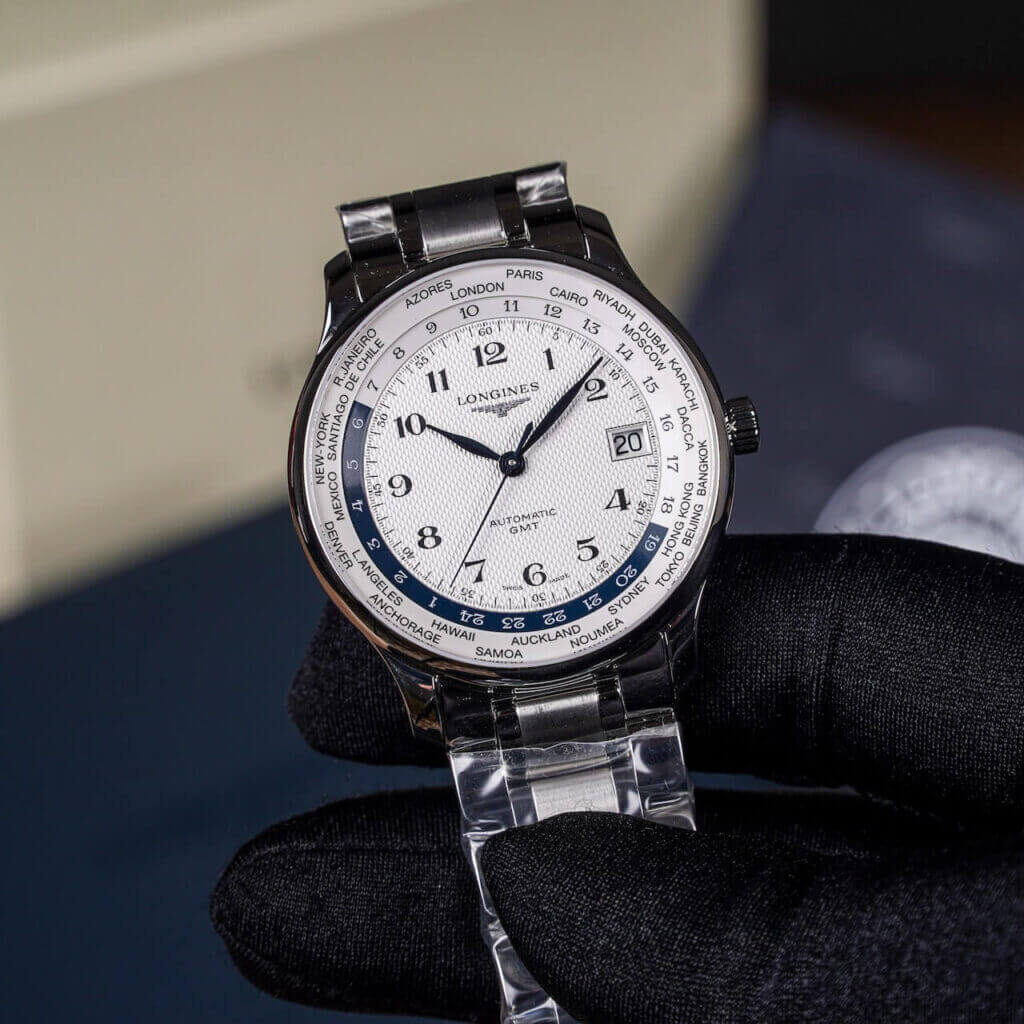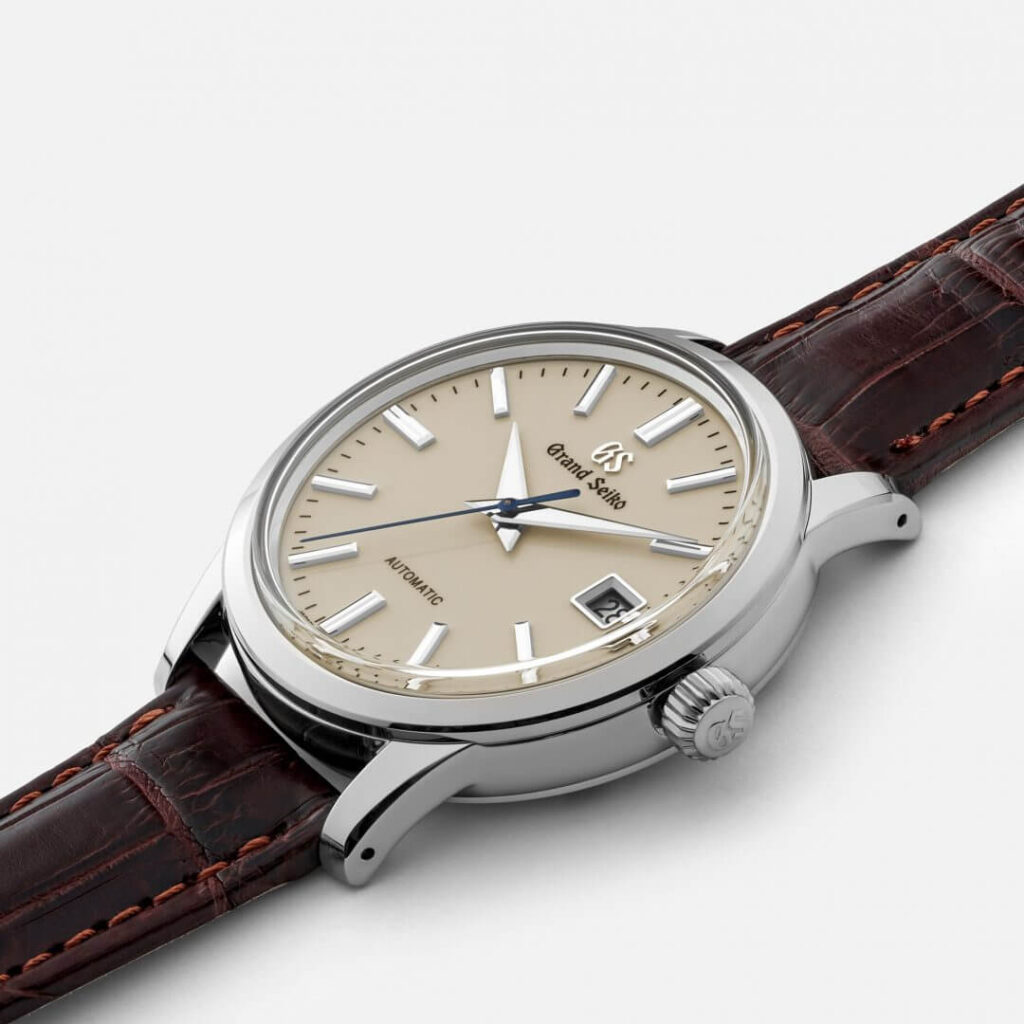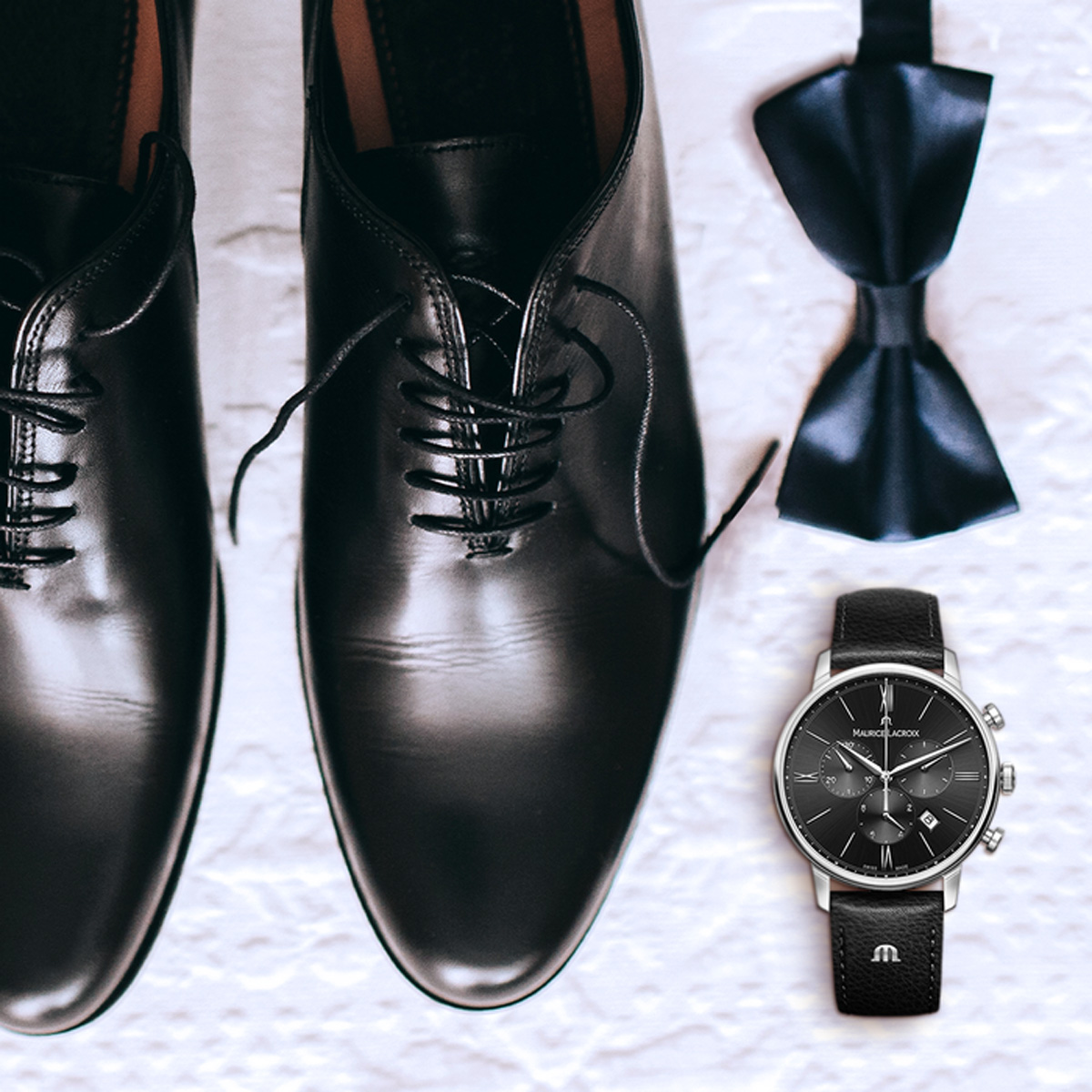Parts of the Horology Lessons Analog Watch
Even though smartwatches and digital watches are becoming more popular, analog watches will never go out of style. We observe that many analog watch manufacturers, like Seiko, increase the prices of handcrafted designs produced with more than 100 to 150 spacers, so interest in this direction also grows. With the articles I will share with you in the coming weeks, I will try to clarify many details so that all our members who are curious about the science of horology are also curious about the mechanical watches produced with these tiny parts.
First, we’ll see what these tiny bits and common watch features do, and what some of the terms mean. If there is anything I haven’t mentioned, please do not hesitate to contact us via social media channels or with your comments under this article. With your participation, our sharing will become more fun!

Alarm
It is the part of the watch that makes the watch beep or vibrate at the set time.
Altimeter
An altimeter measures how many meters above sea level you are. An altimeter is an important tool for climbers, hikers, mountaineers, and pilots because it keeps track of how high or low you go.
Analog Digital
It is a watch that displays the time with both hour and minute hands and numbers on the digital display. These are also called “Duo Display” or “Main Digi” watches.
Analog
The clock that uses hour and minute hands to show time
Annual Calendar
Dates are the hours that show what day and month it is. Models are showing the phases of the moon. These types of watches can automatically adjust the date for a year according to the short and long months. However, he may be unable to correctly calculate that February is 28 every four years.
Aperture
It is a small gap found on the dial of some watches. Here you can read the date or time information.
Auto Repeat Countdown Timer
This counter starts at zero at the end of the set time. It continues to start and count until the STOP button is pressed.
Automatic Winding Movement
Automatic watches operate in the same way that manually wound watches do. However, unlike the wind-up, they have a pendulum (pendulum) called the “rotor.” The rotor is mounted on the back of the mechanism. As the watch moves with the person’s wrist, the rotor makes a rotational movement inside the watch, winding the watch. From time to time, they also need to be installed. Since the watch is not on the wrist, an automatic watch that has run out of energy must be wound manually 30 to 40 times. Thus, as long as the watch is worn on the wrist, it will retain energy to the extent of its full energy capacity. From the time it is removed from the arm, it will continue to work for the time specified in the manual (usually 35–45 hours).
Balance Spring
This very thin spring in mechanical watches causes the flywheel to rewind. Its length and setting change the time value. This is also called a hairspring.
Balance Wheel
It is the part of a mechanical clock that makes it move back and forth and divides time into equal chunks. This mechanism determines the time measurement accuracy of the watch.
Barrel
It is the name of the drum-shaped shirt that holds the main spring of the mechanical watch. How much power the clock can store directly depends on its measurements. Some watches have double drums, which provide the ability to store more energy. The operation of the mechanism is provided by the geared side of the drum.
Bezel
The part we call the bezel is the gripping frame around the glass of the wristwatch. They can also be under glass, though rarely. The purpose of the bezel is to show time differences. In some designs, the bezel can be rotated in one direction. Some of them rotate in both directions, while others can be fixed. The bezel movement reveals the different useful features of the watch. The rotatable bezel is used to keep time (the time the minute hand shows on the bezel will show how much time has passed) and to measure at a certain time, provided that the current state of the minute hand is set to Bezel 12. Although the purpose of the fixed bezels varies from hour to hour, they are generally used as tachometer scales.
Bi-Directional Rotating Bezel
It is the bezel that can rotate both clockwise and counterclockwise. It is used to mark the elapsed time. Bezels can rotate in both directions, providing full flexibility in starting timekeeping.
Bracelet
It is the name given to the metal belt that wraps around the wearer’s wrist. Most of the time, they are made of metal, which gives them flexibility and allows them to be adjusted to fit the wearer’s arm.
Breguet Spring
The balance of the spiral mainspring, where balance changes can cause it to gather to the right and left, may be disturbed if this continues. Breguet solved this in 1795 by raising the last coil of the bow and giving it a slight bend. The ‘Breguet Spring’ allows the spring to move towards the center in case of jerking, creating the effect of increasing the speed of the clock and reducing the wear of the balance heads.
Bridge
The part is mounted on the main body and forms the body of the clock mechanism. All other components are mounted inside this body.
Calendar
A feature that can show what month it is, what day of the week it is, and sometimes the year.
Cambered
These wheels are used to obtain different mathematical values within the mechanism.
Caliber Or Calibre
Since the early 18th century, it has meant different parts and places, but today it means either the movement or the company that made it.
Case
The part that contains parts of the watch is most commonly made of stainless steel, but titanium, platinum, gold, and silver can also be found. These alternatives also increase the price.
Chronograph
It is the name given to a watch with a stopwatch. Stopwatch watches show the time as well as the stopwatch function. Generally, the chronometer shares the mechanism of the watch, and starting and stopping the chronometer is done with the start, stop, and reset buttons on the watch body. Usually, the second hand of the stopwatch points to the wide part of the dial, while the other hands indicate the hours and minutes. Different varieties are available.

Chronometer
It is a watch with a movement that has been approved by the Swiss Official Chronometer Control (COSC). Measurements are made for 15 days at 3 different temperatures and 5 different positions. Movements with a sensitivity of -4/+6 a day are given a chronometer certificate. Quartz mechanisms should have an accuracy of +/- 0.2 dB/day. Because of how they are made, quartz mechanisms don’t lose their sensitivity based on where they are or how hot or cold it is. Few brands take the trouble to certify their quartz movements. Breitling is one of them. The result is clocked with very high precision.
Complications
Clocks that have functions other than measuring time are called watches. A simple, sophisticated watch includes various stopwatches, alarms, an annual calendar, and GMT functions. Watches with a very high level of sophistication are called Grand Complications and can often have a perpetual calendar, a tourbillon, a minute repeater, time-matching features, and some other features.
COSC
Swiss COSC “Controle Officiel Suisse des Chronometres”
Countdown Timer
It allows the user to see how much of the preset time has passed. In some Quartz versions, a warning signal sounds before this time expires.
Crown
It is the button-shaped part that is outside the body with a grooved outside and is used for adjusting the hour and minute hands as well as setting the mainspring (in mechanical watches). also known as the crown.
Crystal
It is the transparent surface on the dial of the watch. It can be made of glass, plastic, mineral crystal, or sapphire crystal (a synthetic, scratch-resistant material). It serves to protect the dial of the watch.
Day/Date
Feature to show what month it is and what day it is.
Day/Night Or AM/PM Indicator
indicates whether the displayed time is AM or PM. This feature is usually found on watch faces with GMT or dual time. It helps to understand whether it is day or night in other time zones on watches with world time displays.
Deployment Buckle
It is a buckle located at both ends of the strap. Because it can be stretched, the watch can be worn loosely or tightly, depending on what the wearer wants. Once the correct paint is set, it will no longer require adjustment. It will reduce unnecessary pressure on the belt and prolong its life. Also, these buckle mechanisms can add an extra layer of safety when putting on and taking off the watch.
Digital Display
It is a watch dial that shows the time with numbers instead of hour and minute hands. (LCD) screens are often used.

Dual Time
a clock that displays the time in at least one other time zone as well as local time. In doing so, a second arm, which operates on a 24-hour basis, is usually used. Some watches have systems that display the exact time in the second time zone on the dial on an independent background.
Duo Display
These are the types of clocks that show the time with both hour-minute hands and digital displays. These are also called “main/Digi displays.”
You can also review our website for the Best Watch Brands.








